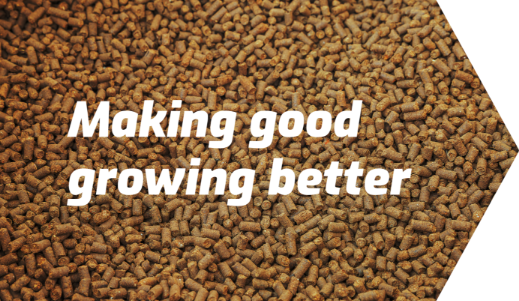
An interesting trivia tidbit was recently brought to my attention by Randy Waligura, President of Texana Seed Company, Nature Safe’s Ag distributor in Garwood, Texas.
While building a strong agriculture base in the original 13 colonies, our forefathers realized the urgent need for fertilizer and the limited local sources available. They requested their old standby manure and had large amounts shipped from England.
Transoceanic transportation required heavy bales of dry manure stacked in a ship’s hold for the Atlantic crossing. During the months-long trip, the tightly compacted manure bales developed ‘gases,’ and combined with whale oil fueled flame lanterns, created explosions and the loss of several ships and crews. And some days you think that you have a tough job!
The solution was to wrap each bale in a protective canvas coating and suspend the bales from the ceiling of the ship’s hold. Each bale was boldly labeled Store/Ship High In Transit to insure proper care and handling during transportation. However, because “time is always money” the abbreviation S.H.I.T. was used, thus the vernacular. Today, that word origin is being more widely used to identify more than just fertilizer, but I will keep this article mainly to the point of the definition and value as it relates to fertilizer derived from manure and other by-products.
Three primary sources of fertilizer
In today’s marketplace, there are three primary sources of fertilizer:
- composted which is derived from animal manures and their bedding materials;
- sewage sludge produced from human waste combined with industrial by-products; and
- constructed fertilizers made from natural animal proteins.
Manure nutrient values are widely touted as high in nitrogen, but in the low single digits. Independent university research estimates approximately 3.6 per cent nitrogen value contending with several factors such as, but not limited to:
- animal’s diet
- temperature
- humidity
- water content
- bedding components, and most of all
- composting practices and procedures that are not regulated/controlled, leaving much to speculation and manufacturer’s label marketing, etc.
Composted fertilizer product labels indicate that approximately 40 per cent of the nitrogen is water soluble and quickly released for immediate green-up and possible urea burn. This also produces flush growth with the remaining 60 per cent water insoluble nitrogen and other nutrients to be released for up to two years. Research from North Carolina State* concludes much of the nutrient value is not immediately available for release when the turf or crop requires the nutrients.
The sewage sludge production process subjects materials to high heat necessary to reduce/eliminate E. coli, salmonella and a wide range of unhealthy bacteria. Using heat sanitizing on raw manure has a non-beneficial effect on the end product’s NPK value and inhibits nutrient release and availability to the plant when it’s needed. These manufacturing practices contribute to a very high six to eight per cent ash content in comparison to .06 per cent ash content of Nature Safe.
The Nature Safe difference
Nature Safe’s 13-0-0 blending base is the highest amount of organic listed nitrogen available on the market today and is widely used as one of the ingredients in other Nature Safe fertilizers, such as 10-2-8 and 27-2-2.
This specialized blending product is OMRI Listed® and is allowed under NOP guidelines validating its use in the production of organic certified crops and can be used without restrictions.
At a recent sales presentation I compared Nature Safe 10-2-8 to a chicken manure-based 5-4-5 formulation. It was easy to show the customer the main differences of nutrient availability and cost. For starters, the 5-4-5 formulation costs approximately $3 more per bag with less nutrient availability.
For this particular application, the customer would have to apply a total of 174 bags of 5-4-5 to deliver 1 lb of N per acre versus 87 bags of Nature Safe 10-2-8 which translates to a budget reduction of over $2,400! In addition, this customer will apply less ash and salt to their turf or crop. Research from Clemson University shows that Nature Safe’s 10-2-8 delivers double the 100 per cent organic NPK value with about 11 times more than the competitor’s amino acid content providing food value at half the cost.
If only our British forefathers could have just used Nature Safe Natural and Organic Fertilizers . . . maybe history could have been rewritten!
